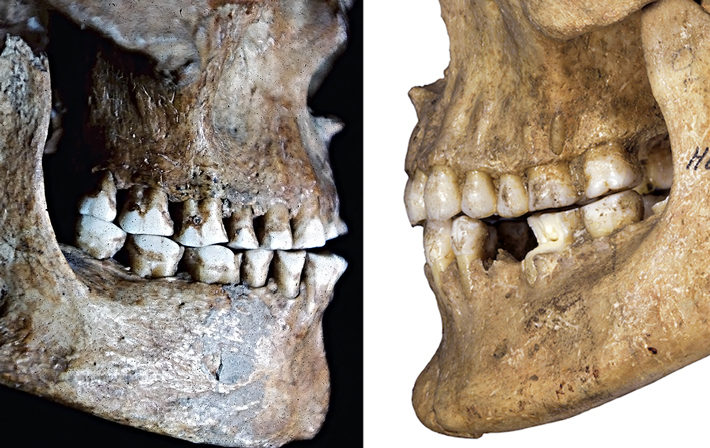
In the Neolithic period, starting about 10,000 years ago, when the lifestyle of people in Europe and Asia changed dramatically as a result of the large-scale adoption of farming in place of hunting and gathering, their biology changed, too. Prior to this shift, the consumption of gritty, fibrous foods such as nuts and seeds, staples of the pre- Neolithic diet, put a great deal of force on children's growing mandibles and wore down their molars. In response to the biomechanical stress of chewing these tough foods, people's jawbones grew larger and larger over their lifetimes, and their molars drifted toward the front of the mouth, eliminating their childhood overbites. With the development of farming, easily chewable foods such as processed dairy products and milled grains were introduced into people's diets. As the prevalence of these foods increased, people began to retain their childhood overbites well into adulthood.
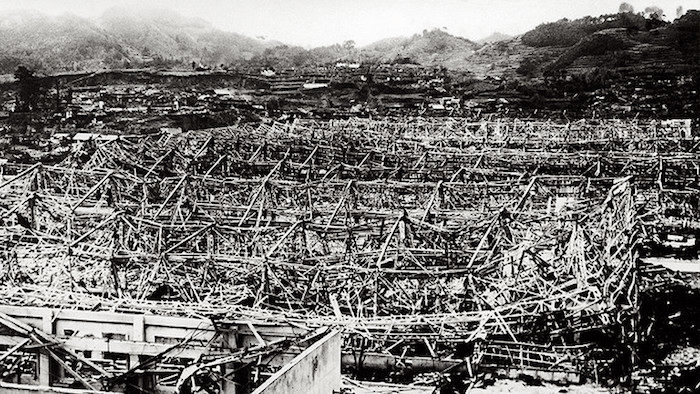
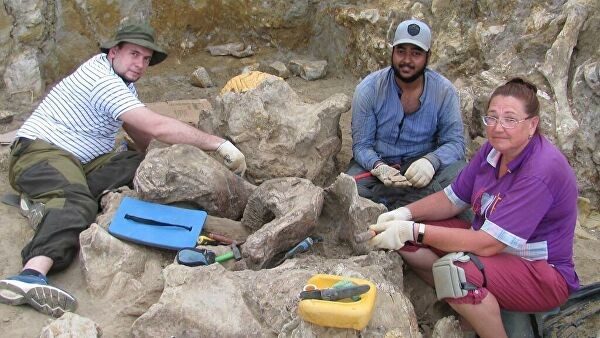
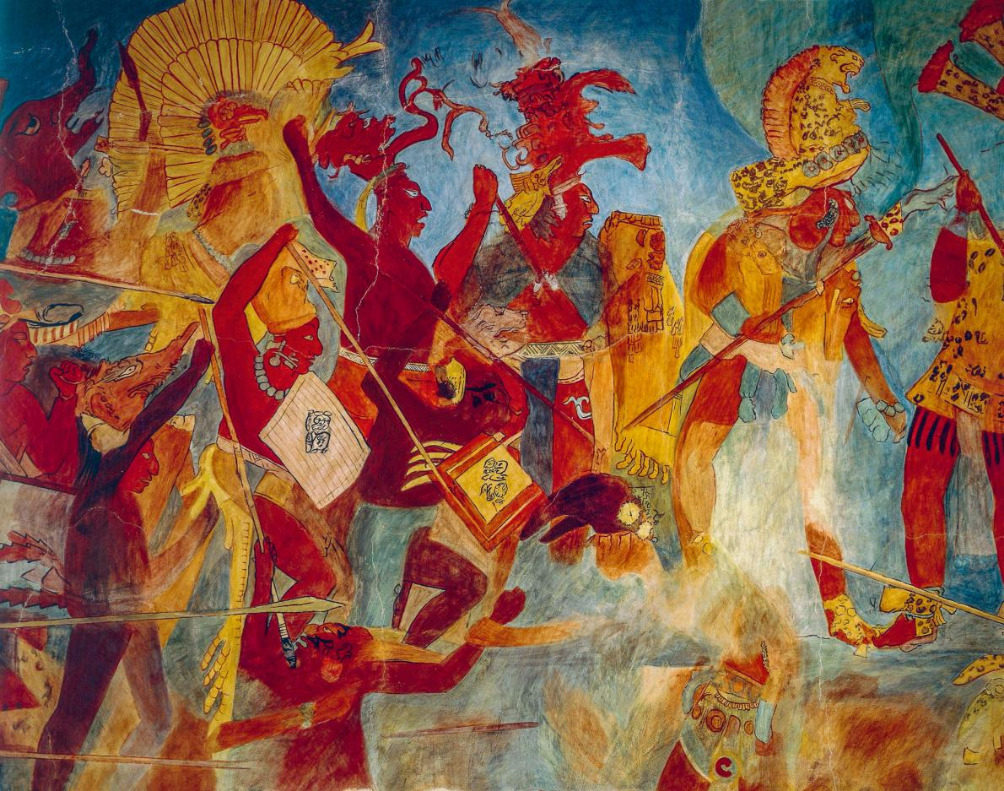

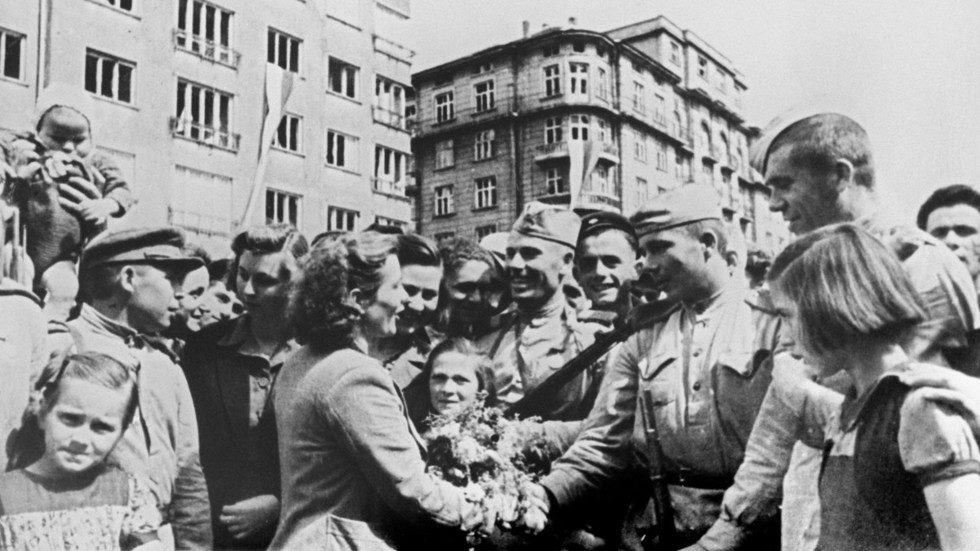

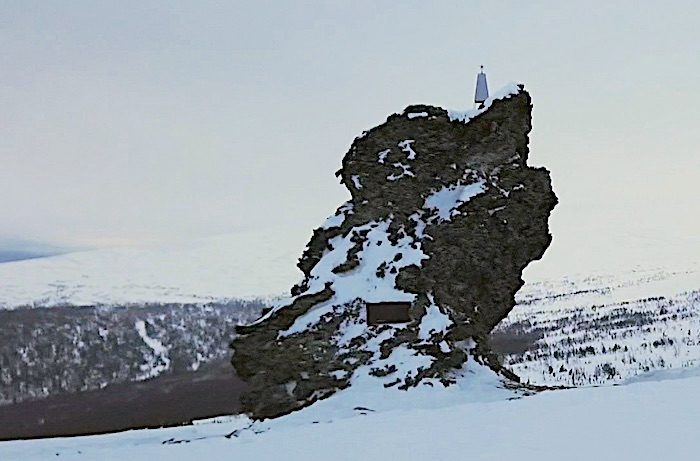
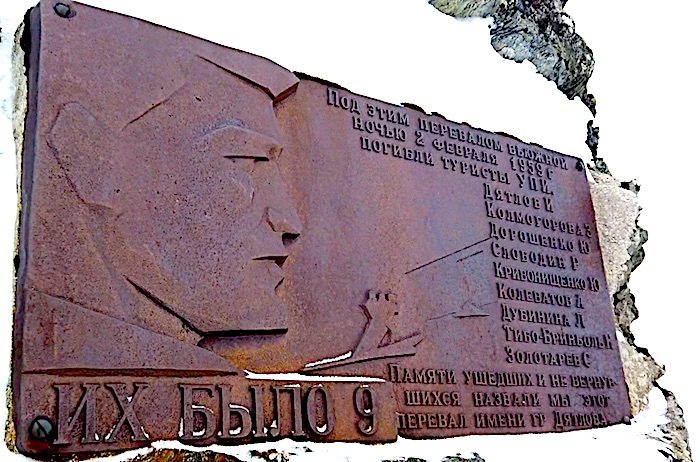
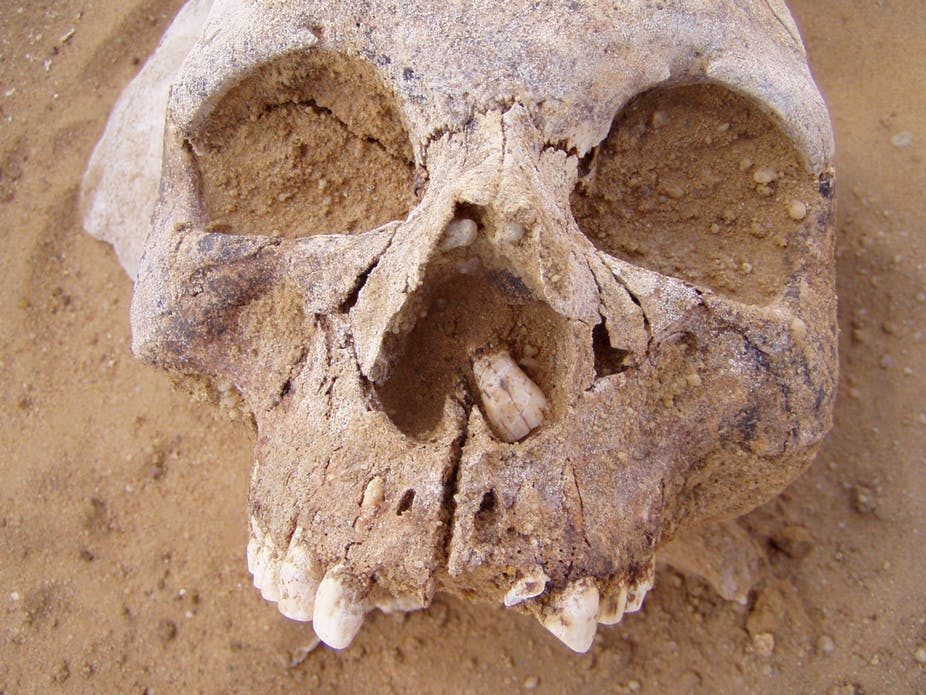




Comment: See also: